Antique Japanese Cast Iron Hanging Lantern? Turitoro Vintage Garden
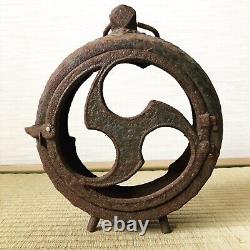

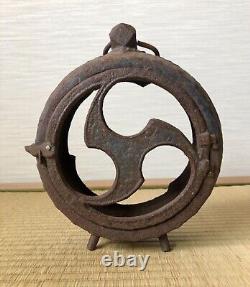
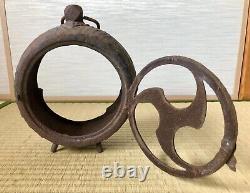
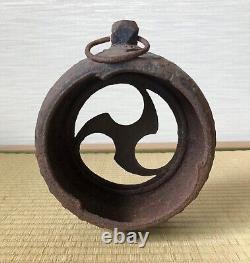
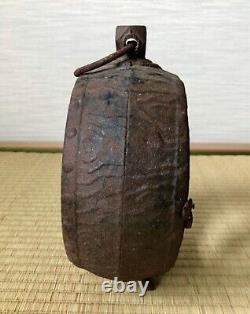


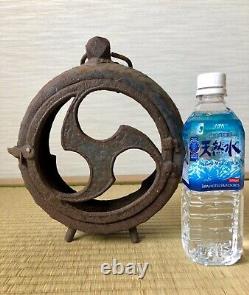
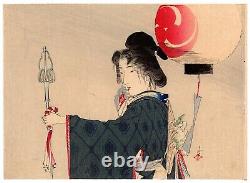
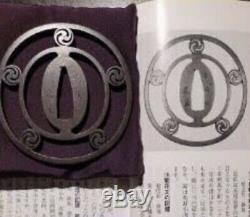
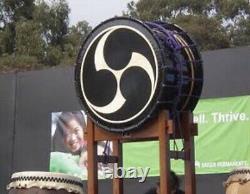

Antique Japanese Cast Iron Hanging Lantern. Gorgeous Traditional Japanese Cast Iron Lantern. Tomoe Mon motif front which casts beautifully across the room with a candle in it.
H27cm x D19cm x W11cm. Please check out my other listings for more Japanese vintage, retro, industrial and antique bits.The most common view is that tomoe patterns originated in. Approximately 1,000BCE of japan which was used for the shinto rituals. A pattern resembling the two-comma. Has been found in ancient cultures on all inhabited continents. A stylized design on a.
Dates back to 2,000 BCE. The motif of two encircling dolphins biting each other's tails has been found on. It is frequently seen on prehistoric Celtic remains, and one mirror from. Is almost identical to the. In China, the double comma form came to be assimilated to the. Philosophy of opposing male/female principles, formalized in the. This in turn recurs in the seventh century in.(now Korea), where it was known as. And replicated in the Japanese.
Patterns, the former in association with. Rites, the latter frequently linked to temple drums with. (gentle kami), while the third comma denoted the.
However, there is no clear evidence tomoe, taijitu and yin-yang is directly related. Appear to have been employed at least as early as the.
Where they are frequently attested on. And may even have had, aside from their military function, a ritual or fetish value, perhaps related to their. The pattern was also interpreted as water swirling, and because it is a water-related pattern, the Tomoe pattern was applied to roof tiles on buildings at the end of the Heian period as a fire protection. The tomoe emblem established itself as a common emblem during the. Around the 10th-11th centuries, and proliferated through to.It is thought that a resemblance between the tomoe and the. May also account for its rising popularity among samurai, since Ojin was. As a god in Hachiman shrines. In the Nihongi account, when Ojin was born, inspection of his body revealed a fleshy growth on his arm similar to a warrior's wrist or elbow pad, and for this reason he was called.
An old word for a.
